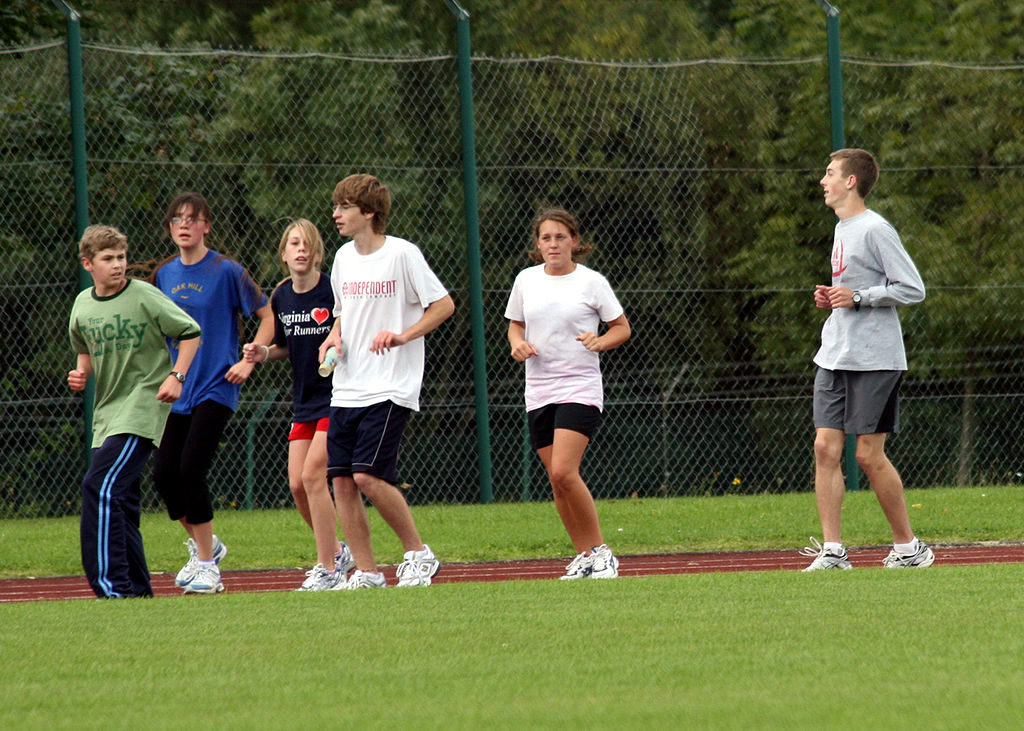by Point Performance staff

Sometimes, cross-training is just as simple as mixing up what you’re already doing: working out in different directions and styles. These days, it seems that working out backwards is a trend: running backwards, cycling backwards, and even swimming backwards are great ways to alternate your regular workout. Moving backwards works different muscles, burns more calories, and forces you to think consciously about your technique and how your body is moving. It avoids having you slip into unconscious exercise and bad form. Not only that, after you work out forwards for a long time, you’ll hit a plateau. Switching up your routine helps push your past that plateau.
According to the New York Times, running backwards has its benefits: not only is it less strenuous on your knees, it increases more leg muscle usage and burns 30 percent more energy as running forward at the same pace. It also uses different muscles. Want an additional workout? Try running uphills backwards. If you’re not a runner, walking backwards can also train different muscles and burn more calories.
If you’re a cyclist, it also helps to hop on a stationary bike and pedal backwards for a while, which works out the quadriceps muscles more than going forwards. Because most cyclists plateau from cycling forwards, taking it backwards burns more calories and activates different muscles. Similarly, moving backwards on an elliptical trainer works out different muscles than going forwards.
You can even practice swimming backwards. This drill, usually applied to freestyle, helps swimmers focus on their technique and fix bad habits. Using a snorkel helps in this practice, if there’s too much to remember with backwards strokes and breathing.
Remember to warm up all muscles before switching up your routine, and stretch well afterwards. Also maintain caution – watch where you’re going, and ease into the exercise to avoid tearing any muscles or overdoing it.
